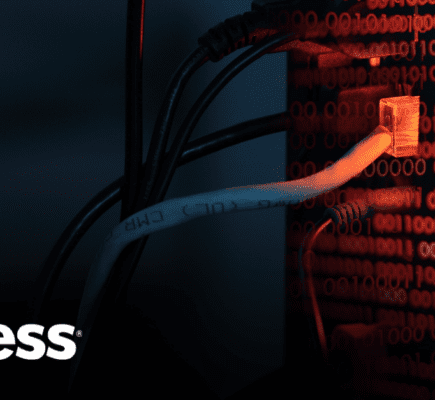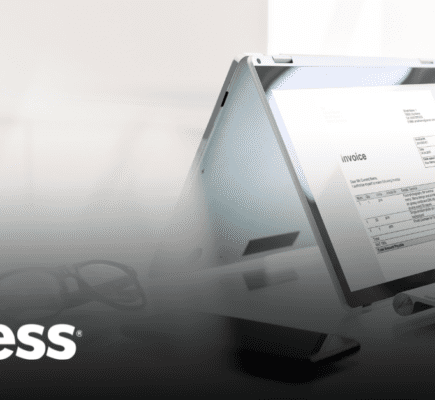
How many applications do you use daily to accomplish your work? Several? And how many apps are not used every day or even regularly, but exist as your organization’s digital records archive?
According to recent surveys we’ve conducted, the average number of legacy systems maintained by medium to large organizations is 12. While some of these are used in the course of doing business, most are only kept because the records stored on them must be retained per regulations for a specific period of time.
Some organizations have so many legacy systems, they don’t know where to start. For example, a couple of years ago, the IRS wanted to consolidate their legacy systems but they had no idea how many they had. An audit turned up 231 legacy systems! Imagine adopting that mess and the bill to clean it up!? While that is an extreme case, it’s also a tale we can learn from in the “what not to do” category.
Another insight Access learned through our recent survey results was that larger companies are spending ~$1.7 million annually just to keep their legacy applications running. Ouch.
Much like the cast of the tv series Lost, these records are considered STRANDED.
Let’s explore more about what that means and why those stranded records may be putting your organization at risk.
Why Should I Care About Stranded Records?
As legacy systems age, they are unlikely to match the performance and efficiency of current platforms, which makes them difficult to use. And finding employees with the skills to maintain them is difficult and expensive. As one client recently shared, “Transitioning documents to the [old] system was cumbersome and time consuming, and with an already strapped workforce, it seemed insurmountable.”
Thus, companies are stuck in a difficult situation where the applications are necessary but complex to use, expensive to maintain at a level that meets compliance, challenging to find staff specially trained to run them, and historically expensive and time-consuming when files need to be extracted for audits, M&A deals, or otherwise.
The underlying note of caution here is if you don’t address your stranded records issue now, it could come back to bite you at the most inopportune time.
The Risks of Keeping Legacy Systems of Record
In many cases, the content in legacy applications may fall under retention periods that would need to be enforced and tracked for decades.
Another client recently commented, “We have a 15-year retention rule in [our healthcare organization]. We find it extremely difficult to shut down aging applications because they contain records we must maintain, and we don’t have another better solution.”
In fact, over 60% of the organizations we polled acknowledged that they do not have a solution for the stranded records issue. The simplest answer would be to just take the files out of the aging system. However, if it were that easy, we would not see so many organizations struggling to solve it. In reality, the process can be quite an expensive, time-consuming, and error-prone effort if there’s not an automated way to extract and index the records.
This conundrum got us thinking. We need to help our clients solve this challenge!

5/7 Leveraging Your Data: A Journey Through 3 Essential Information Gates
Join our upcoming webinar, where we will guide you through the essential steps to be successful in the age of digital information. The Three Gates to Digital are your roadmap to harnessing the power of technology, improving efficiency, and achieving…
Rescuing Those Stranded Records
As we’ve discussed before on our blog, a record has a very different lifecycle than business information. It needs to be captured, have the right metadata applied, and be dispositioned when it has reached the end of its lifecycle.
Ensuring those steps are completed throughout the record lifecycle is part of careful management. When choosing a solution that extracts stranded records from an application, you’ll want one that has the following capabilities to:
- Centralize and protect files
- Share records and collaborate securely
- Extract records in hours/days, not weeks or months
- Track records in a secure and auditable fashion
- Search records using metadata associated with those records
- Apply metadata using machine learning and AI technologies
- Provide an intuitive, easy-to-navigate UI
We’re pleased to share that Access has answered this need. We’ve developed a new cloud-based solution called Access Unify | Secure Compliance. The solution will extract legacy records into a universally readable and continuously upgraded .pdf format, store them in a highly compliant repository, associate all metadata, then put them under the control of a records retention policy.
Our solution is more reliable, easier to use, and more secure than maintaining most legacy systems. You can leverage Access Unify | Secure Compliance to rapidly identify and extract records from legacy systems you want to sunset and transition them into a secure, cloud-based repository. It’s ideal for quickly retiring multiple legacy applications at once – saving significant time and money – while mitigating security and compliance risks.
Want to rescue your stranded records? Learn how we can help you do this by watching our introductory webinar on the topic: Free Your Legacy Records! Introducing Access Unify | Secure Compliance.




